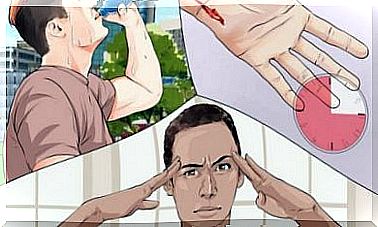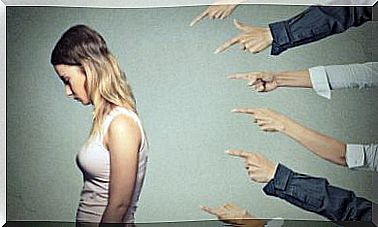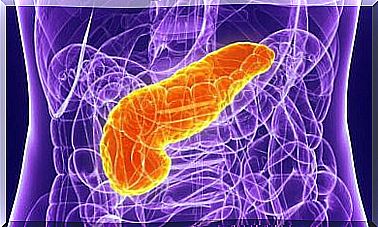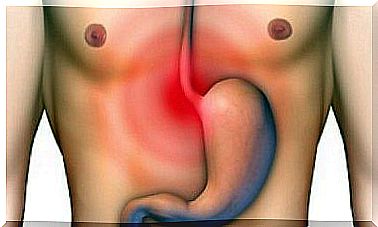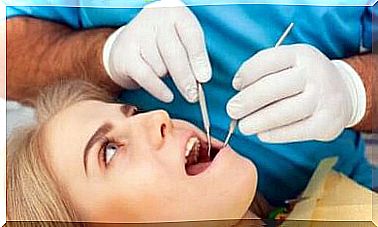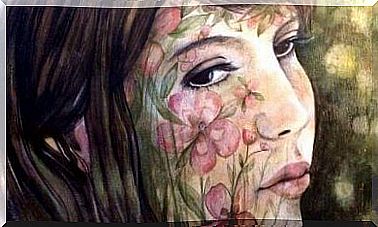Minoxidil – Get To Know This Remedy For Alopecia And Hair Loss
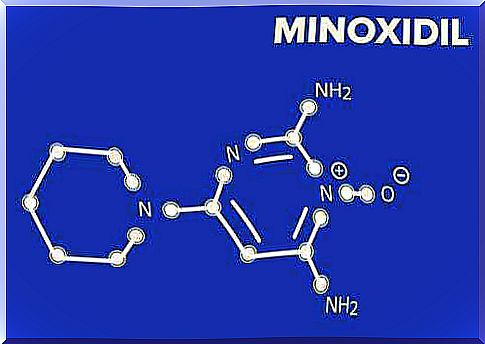
Minoxidil is a drug used to stimulate hair growth and stop hair loss. In this article, you will learn about the nature of its action, possible contraindications, advantages, and side effects.
Initially, minoxidil was an oral drug used to treat high blood pressure. Mainly because of its vasodilating properties. Side effects such as hair growth have been observed in some patients initially treated with this drug.
Consequently, pharmacists have made a trick. The main formula of the drug was changed to an enriched hydroalcoholic solution.
Since then, minoxidil has been used in the fight against alopecia and hair loss. Thus, it has been approved as an effective treatment for androgenetic alopecia. As a mitotic stimulator, it simply produces longer hair.
Minoxidil – the most important information for us
This drug can be used in both men and women in the case of alopecia and hair loss. A concentration of 5% for men and 3 or 4% for women is recommended. Following the appropriate recommendations and doses will prevent the appearance of facial hair and other visible areas.
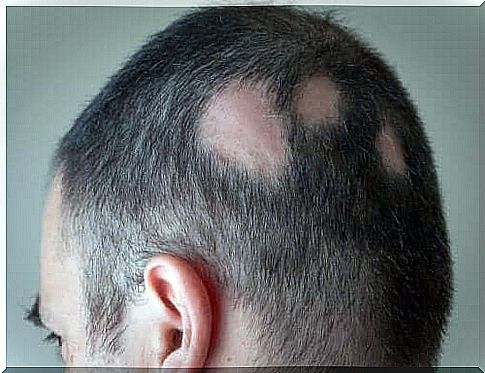
As you can see, this drug comes in various concentrations. In addition, we can find it on the market in various forms and forms, as well as under many names and trademarks.
The most commonly used pharmaceutical form is lotion. In recent years, minoxidil in foam has gained special fame .
Alopecia – what are the most common causes?
Alopecia is a well-known condition that is manifested by hair loss. It is a common medical problem (mostly in adults). Statistical data shows that this applies to over 50% of men and 30% of women of almost all ages.
It is a disease that can have a huge impact on patients’ quality of life. In assessing it, therefore, we should not limit ourselves solely to the aesthetic aspect of this problem.
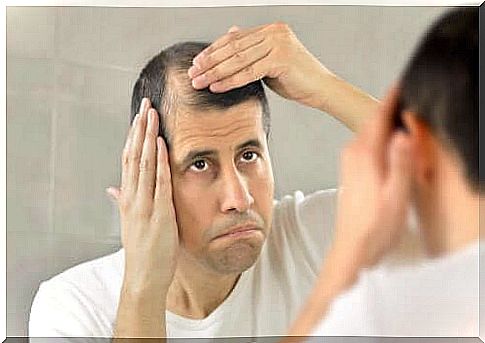
It is important to give it the appropriate medical significance. All this will help prevent the troublesome sides of the disease. We should not forget about potential mental disorders and low self-esteem. Let us not underestimate this issue.
Today, more than 100 types of baldness are known. The most common, as mentioned above, is androgenetic alopecia. It is caused by hormonal changes.
The hypersensitivity of the organism to dihydrotestosterone is said to be the direct cause of androgenetic alopecia. However, apart from hormonal changes, there are also other causes:
- Inadequate diet.
- Physical or emotional stress.
- Anemia or iron deficiency.
- Diseases of the immune system.
- Changes in the thyroid gland.
- Certain medications.
Among so many potential causes, proper diagnosis is extremely important. In this way, we increase the chance of treatment and to choose the treatment individually for a given person and case.
Alopecia – the most common symptoms
The most characteristic symptom of alopecia is loss of hair density. Sometimes the patient experiences an increase in hair loss. However, just losing your hair doesn’t always mean you have the condition.
- The loss of density usually starts at the bulbs and at the top of the head in males. Alopecia in the frontal angles, known to us as bends, are also common.
- In women, on the other hand, in the area of the hairline (at the forehead). In addition, certain types of alopecia can cause itching and even pain that is felt in the scalp.
Can we prevent baldness and how?
Success lies in life harmony, it means proper daily habits and getting rid of those toxic ones. It will therefore be important to separate yourself from tobacco and alcohol, eat a healthy diet and avoid excessive sun exposure.
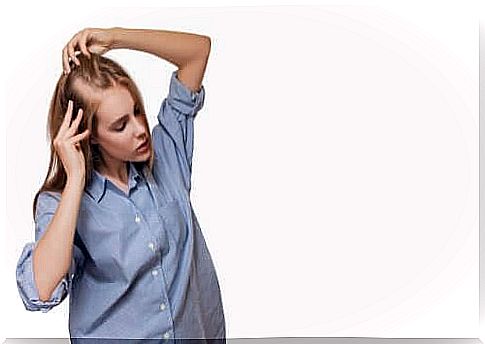
All this can help maintain the proper health of our hair and improve its quality and density. It will also increase the chance for a possible, fruitful treatment.
Unfortunately, there is still no antidote to this disease. Therefore, the best solution will be to prevent, or to make a proper diagnosis on time. Early treatment with agents like minoxidil can prove very effective.
Minoxidil – side effects and negative impact on our body
Minoxidil, like all drugs, can cause a number of adverse reactions in the body. The most commonly reported side effects are skin damage and discomfort. Among them we can mention:
- Itch.
- Skin infection.
- Dryness.
- Skin ulcers.
- Skin irritation.
- Eczema.
- Hypertrichosis (the so-called werewolf syndrome).
Already at the end of the 16th century, Lavinia Fontana painted a portrait of a girl suffering from the werewolf syndrome. The disease is used in fairy tales and urban legends, in broadly understood folklore.
In people with hypertrichosis, hirsutism appears on different parts of the body.
Generally, adverse reactions following ingestion of minoxidil are mild to moderate in nature. Their treatment begins after the end of taking the substance.
Summary
After cessation of treatment, approx. 95% of minoxidil is eliminated within 4 days. Side effects may depend on the dose of the drug administered as well as the form of its administration.
It should be mentioned that the incidence of adverse reactions and the statistics obtained were calculated based on data from 1932 patients treated with minoxidil at a dose of 50 mg / ml. Post-marketing data were also included .
Minoxidil is a useful drug in the treatment of alopecia. If in doubt, consult your doctor or pharmacist and follow the advice of specialists.
We should also remember that the drug should not be used during pregnancy or breastfeeding.
